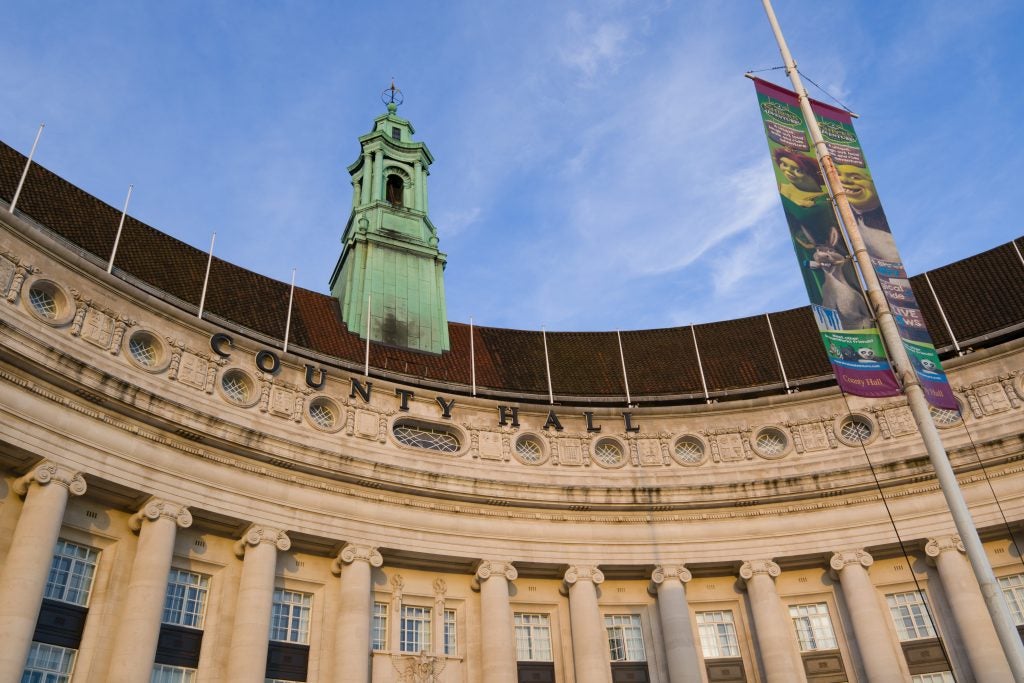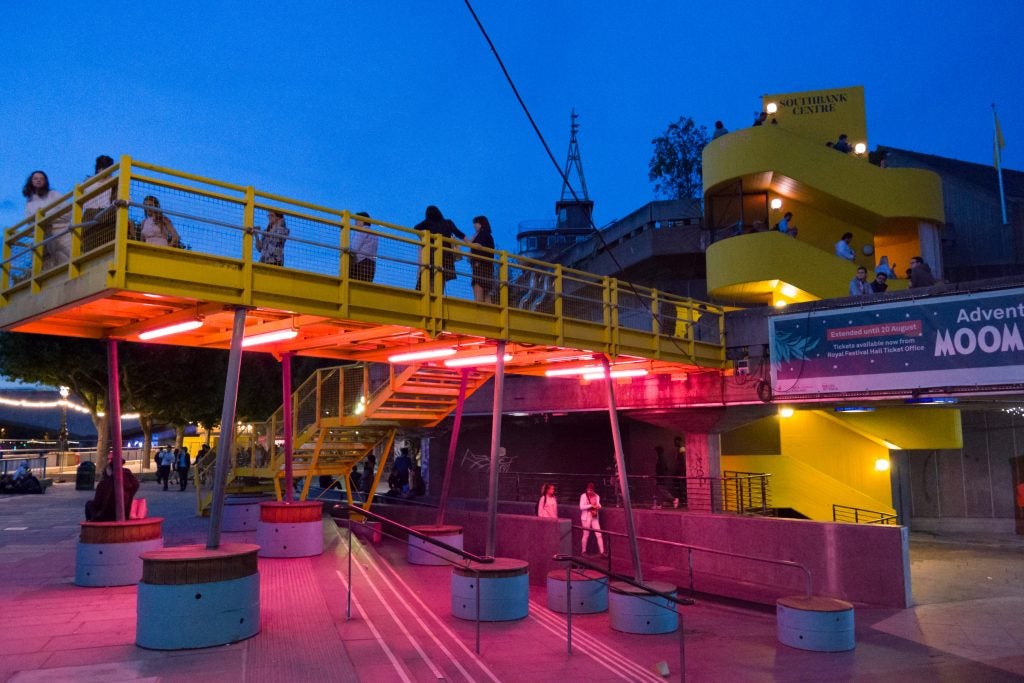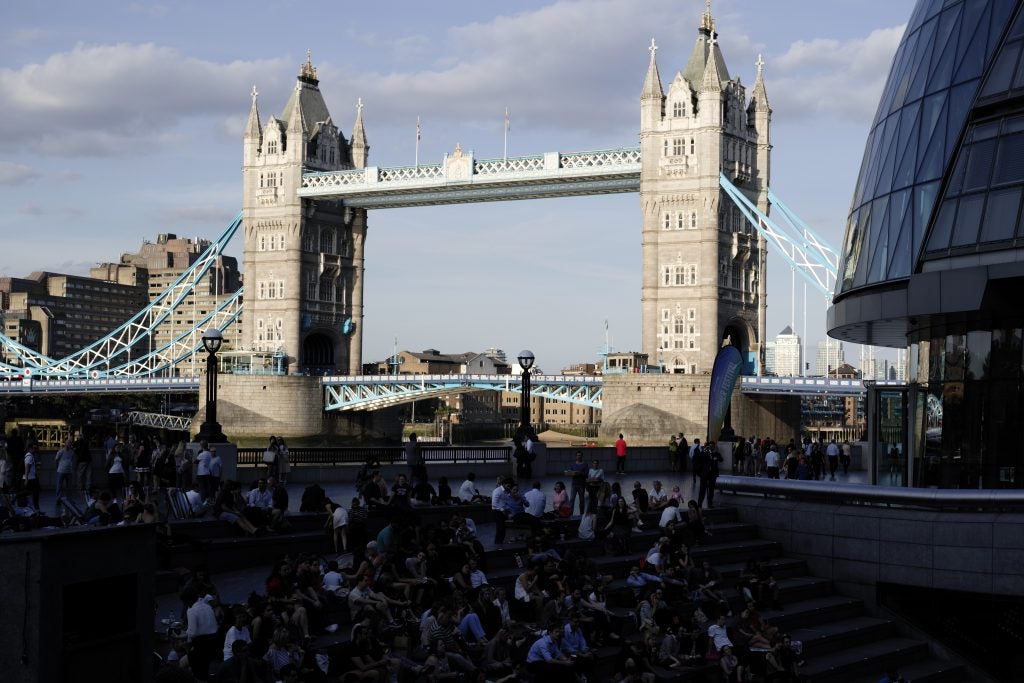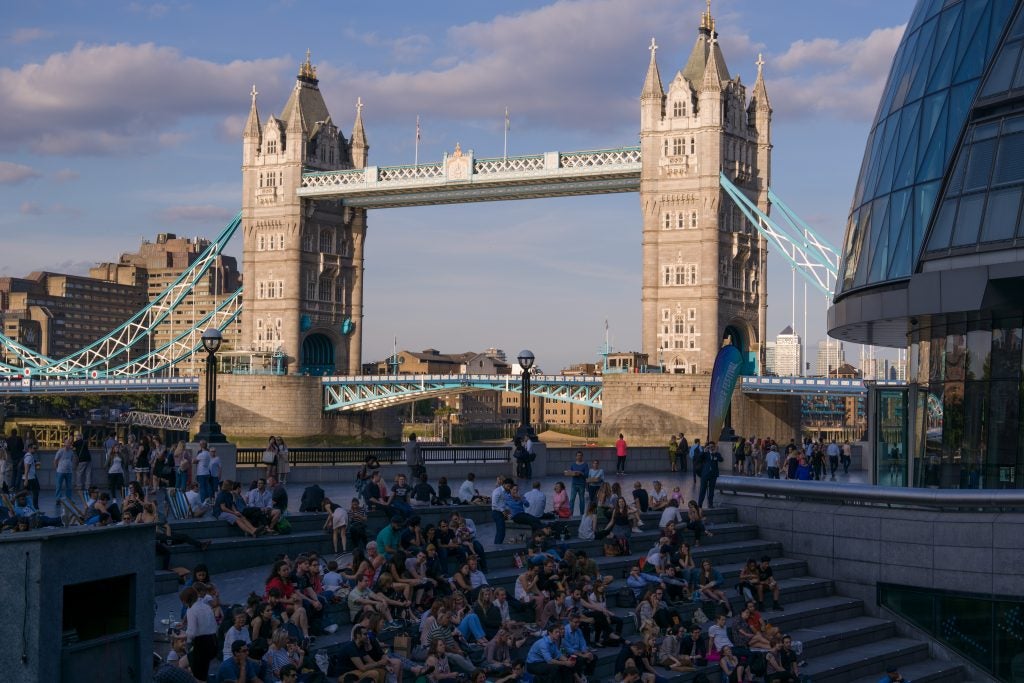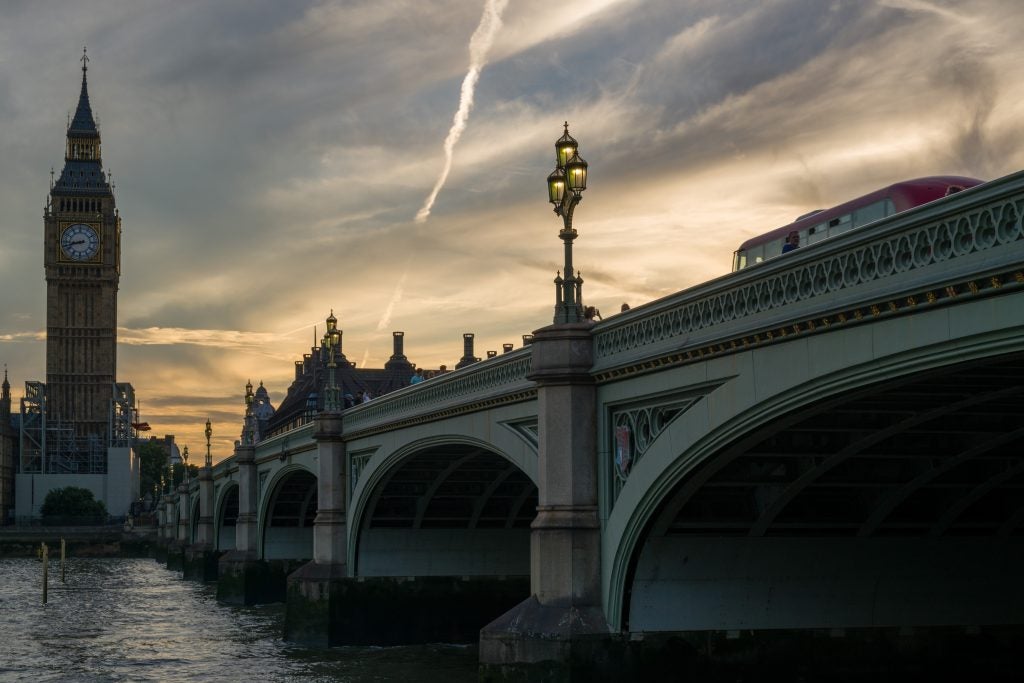Leica TL2 Review - Leica TL2 – Performance, Image Quality and Verdict Review
Leica TL2 – Performance, Image Quality and Verdict
Leica TL2 – Performance In use the TL2 is mostly pretty nimble. It turns on in a fraction of a second, and reacts near-instantly to the shutter button being depressed. The touchscreen is generally very responsive, although it can sometimes be oddly reluctant to respond to commands when you get deeper into the menus. About the […]
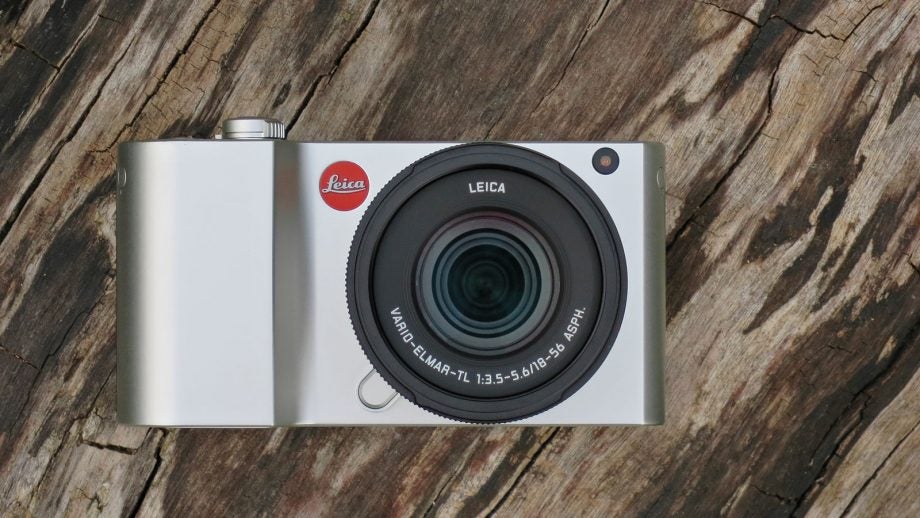
Sections
- Page 1 Leica TL2 Review
- Page 2 Leica TL2 – Performance, Image Quality and Verdict Review
Leica TL2 – Performance
In use the TL2 is mostly pretty nimble. It turns on in a fraction of a second, and reacts near-instantly to the shutter button being depressed. The touchscreen is generally very responsive, although it can sometimes be oddly reluctant to respond to commands when you get deeper into the menus. About the only time the camera leaves you waiting is when writing a full burst of images to the memory card, during which you can’t enter playback mode to examine your shots.
If you leave the camera to its own devices it likes to expose images distinctly brightly, which in turn risks losing highlight detail irrevocably. So it’s best to keep a close eye on your exposures while shooting, and I often found myself applying negative exposure compensation to tone things down, aided by the live histogram display.
The one area where I found the TL2 really struggled was shooting in low light. At dusk with the 18-55mm zoom it not only struggled to focus, it also gave a misleadingly dark preview display. Both can be attributed to Leica apparently failing to apply enough gain to the image sensor’s feed. Whatever the explanation, it’s not something I’d expect to see with a modern mirrorless model. So while the ISO 12,500 image below looks pretty good, it was hard work to get the camera to focus and then to judge the best exposure.
When it comes to image quality, it’s very much a game of two halves. The JPEG files produced in the TL2’s Standard Film Mode are uninspiring to say the least, with decidedly anaemic colour rendition – you can see this in the sky and brickwork of Tower Bridge below. I’m sure Leica would claim that they’re colourimetrically accurate, but that’s not what most photographers want to see. For everyday shooting I’d be tempted to bump up the saturation a notch or two.
Another option might be to use the Vivid setting instead, which gives much more attractive colours, but on the other hand its high-contrast tone curve clips shadow detail heavily, so choose your poison. Monochrome shooters should at least appreciate the camera’s B&W High Contrast mode, which can give some pretty nice results.
Switch to raw, though, and the quality of the camera’s sensor shines through. It resolves lots of fine texture at low ISO settings, with distinctly more attractive colour. The image below was processed from raw using Adobe Camera Raw, and the difference compared to the corresponding JPEG is huge.
As we often find with modern cameras, low-ISO dynamic range is impressive, meaning that it’s possible to pull detail out of deep shadows without excessive noise. When you’re shooting really high contrast scenes this allows you to expose to retain the highlights, then pull up shadow detail in post-processing. In the example below, most of the image was practically black in the corresponding JPEG.
With the quality of current APS-C sensors, though, this is nothing out of the ordinary. You’d get similar raw image quality (and immeasurably more attractive JPEGs) from the £500 Fujifilm X-A3, which costs around £500 complete with lens. At least with the TL2 recording its raw files in the DNG format, you don’t have to update the your software on your computer merely to get it to recognise the camera’s raw files.
Leica TL2 – Image quality
With its updated 24.2-million-pixel image sensor, the Leica TL2 gives really excellent image quality that’s on a par with the best APS-C cameras on the market, just as long as you are prepared to shoot raw. Even using the compact 18-55mm f/3.5-5.6 zoom it resolves a huge amount of detail, and its DNG raw files are impressively malleable. Leica’s JPEG processing isn’t great, though, with crude sharpening and over-strong noise reduction that destroys detail at high ISOs, alongside distinctly subdued colour.
Resolution
The Leica TL2 does extremely well for its pixel count in our resolution tests, especially considering we used the 18-55mm zoom (set to its 35mm position and f/6.3). At ISO 100 it achieves over 3800 l/ph, although some colour moiré is creeping into our black and white test chart. This also holds up really well at higher ISOs – for example we still measure 3600 l/ph at ISO 800, and 3,200 l/ph at ISO 6400, which is very impressive indeed. Even at the top ISO setting it gives over 2800 l/ph. In JPEG, however, heavy-handed processing lowers the resolution noticeably.
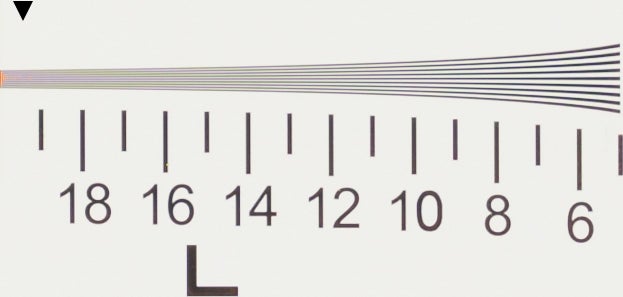
Leica TL2 Resolution RAW, ISO 100
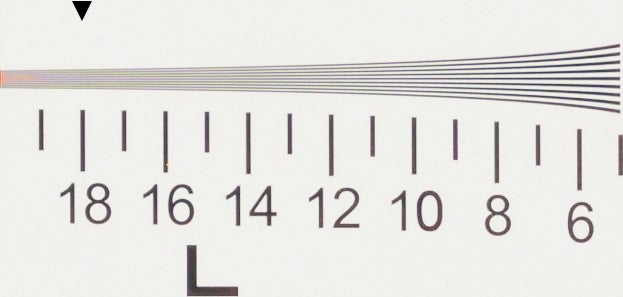
Leica TL2 Resolution RAW, ISO 800
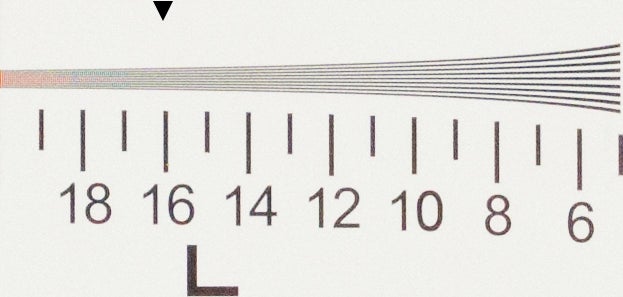
Leica TL2 Resolution RAW, ISO 6400
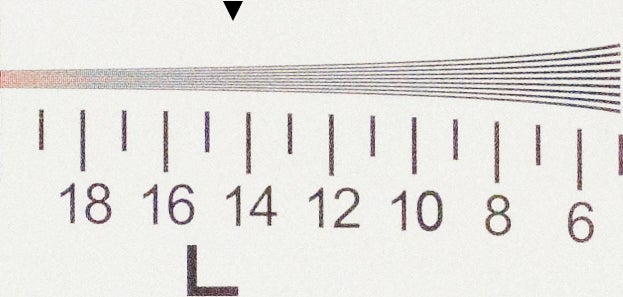
Leica TL2 Resolution RAW, ISO 25000
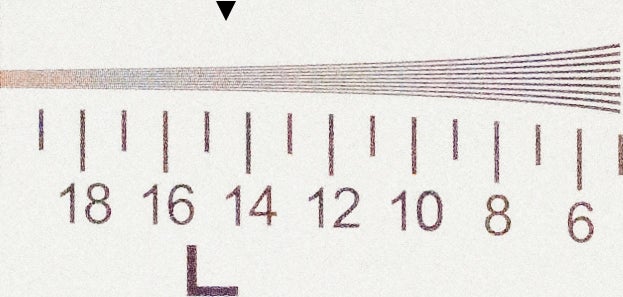
Leica TL2 Resolution RAW, ISO 50000
Dynamic range
Our Image Engineering dynamic range tests concur with our real-world observations, showing very impressive numbers at low ISOs. A measurement of 12.7 EV dynamic range at ISO 100 indicates significant scope for pulling up shadow detail without excessive noise, which means that it makes a lot of sense to override the camera’s default overly-bright metering to retain as much highlight detail as possible. What’s more this initially drops only slowly, with a still impressively-high 12.3EV at ISO 400. Naturally dynamic range falls considerably at high ISO settings, but 7.9 EV at ISO 6400 is still quite creditable.
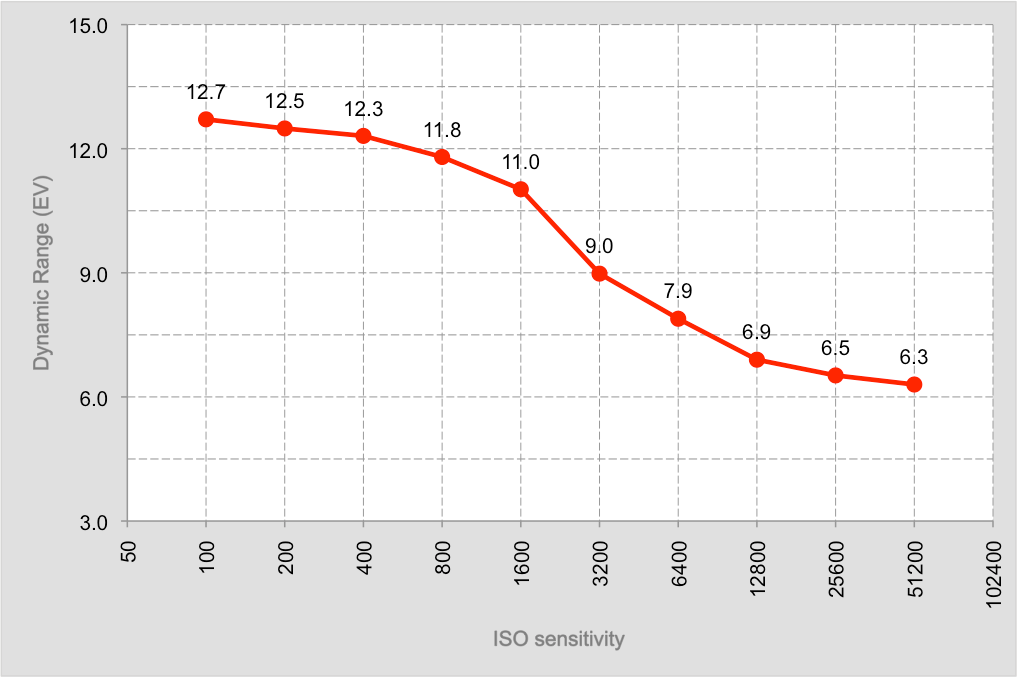
ISO and noise
At ISO 100, the TL2’s image quality is very good indeed, with fine detail and very low noise. Raising the sensitivity has little impact at first, and while at ISO 800 fine detail is slightly degraded, you have to look very closely indeed to see this. It’s only really at ISO 3200 that noise has a really obvious impact, with shadows starting to look rather muddy and fine, low contrast detail blurring away. Beyond this the deterioration becomes more rapid, but I’d still be prepared to crank the sensitivity up to ISO 6400, and perhaps even ISO 12,500 if absolutely necessary. As tends to be the case, though, the two highest settings are really only for emergency use. You’ll absolutely need to shoot raw to get best results, though: excessive noise reduction blurs away detail in JPEGs at settings as low as ISO 1600.
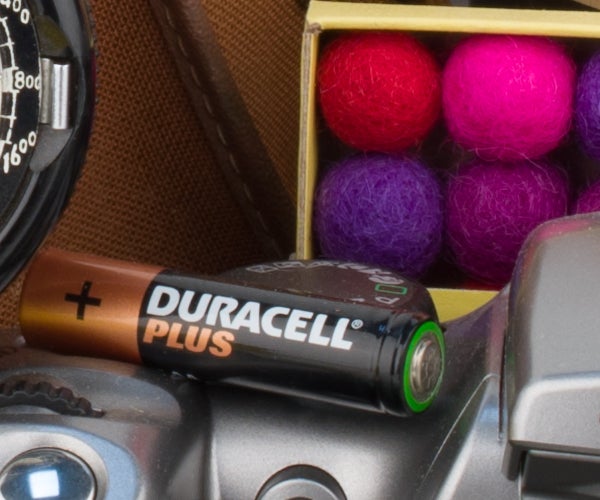
Leica TL2 RAW ISO 100
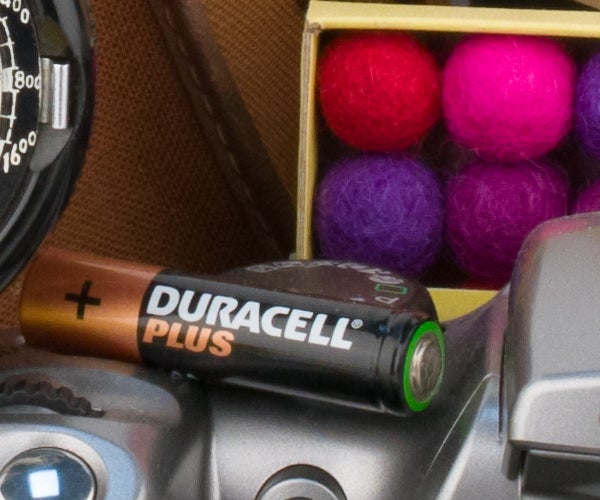
Leica TL2 RAW ISO 800
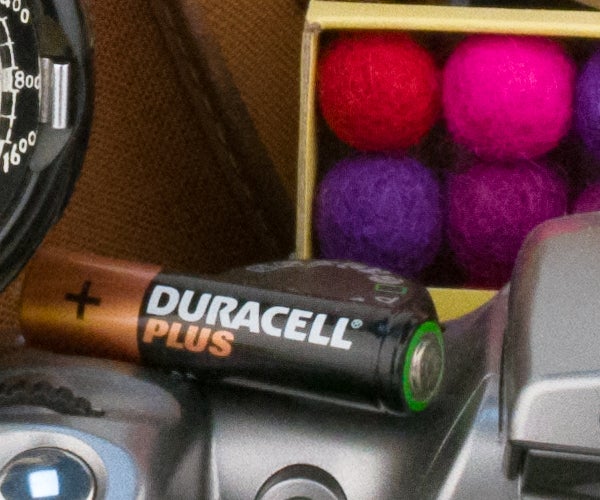
Leica TL2 RAW ISO 3200
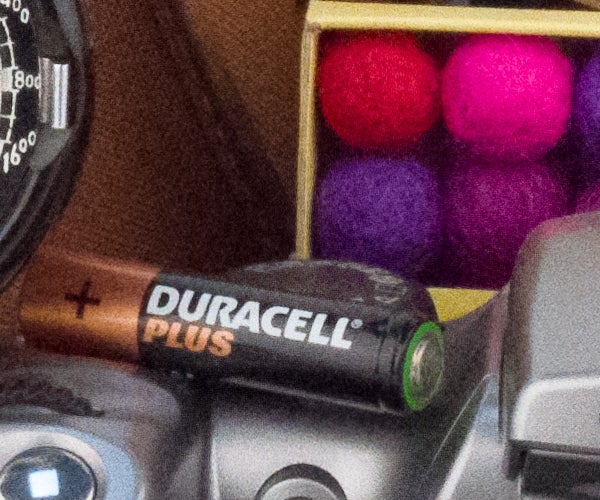
Leica TL2 RAW ISO 12500
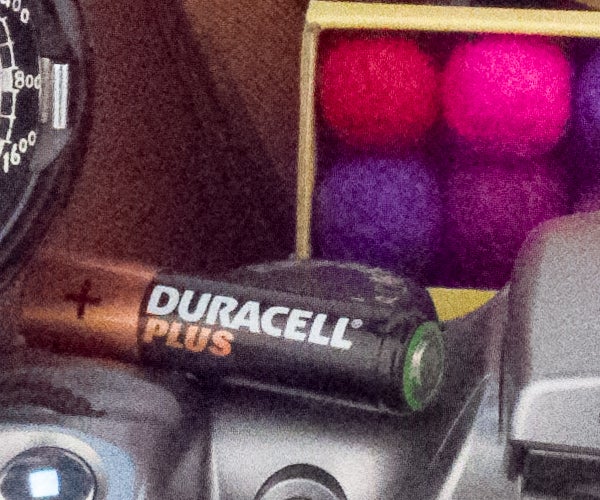
Leica TL2 RAW ISO 25000
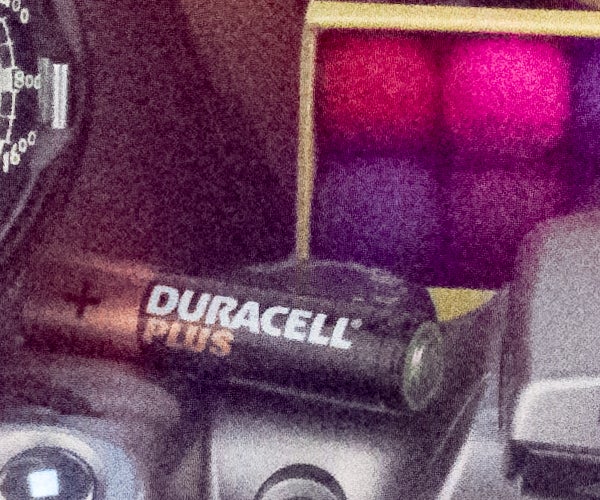
Leica TL2 RAW ISO 50000
Should I buy the Leica TL2?
The Leica TL2 is in many ways a lovely camera, but it’s also a mass of contradictions. With its sleek aluminium body and touchscreen-based interface, it’s simply not what you’d expect a traditional camera company like Leica to make. But it mostly works really well, and despite its blocky-looking shape is unexpectedly pleasant to hold and shoot with. I said earlier that this is the kind of camera you might expect Apple to make, and I can’t help but think that everyone would be raving about the TL2 if it hailed from Cupertino rather than Wetzlar.
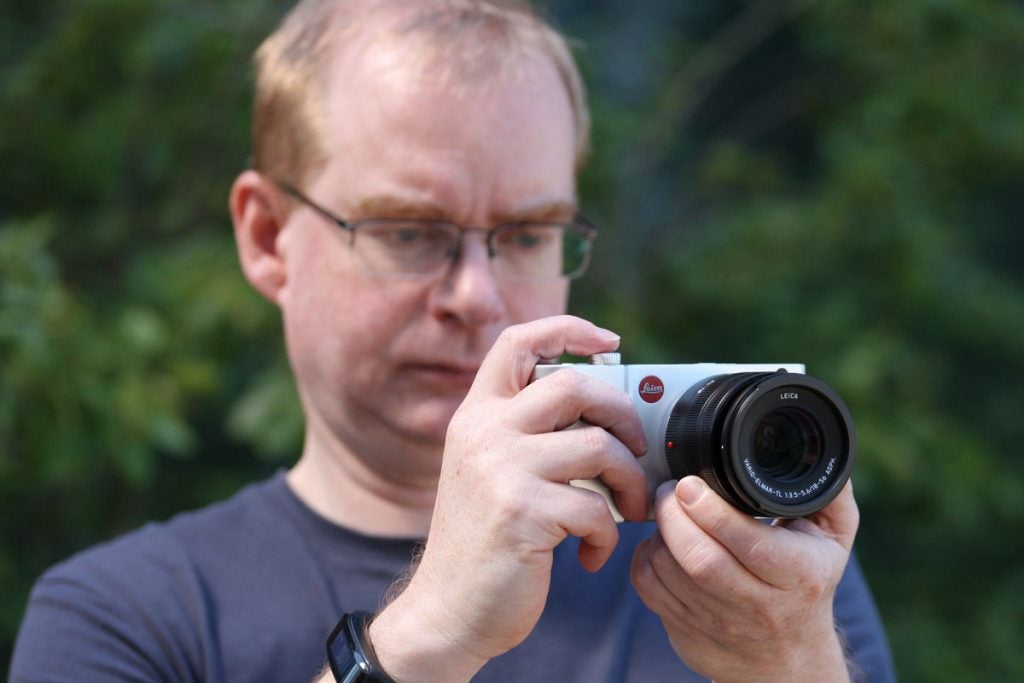
The TL2 is lovely to hold and its touch interface is easy to use
The thing is, though, I also can’t help but think that it’s just not what photographers really want from Leica. If you’re going pay a huge premium for that famous red dot, chances are you understand the firm’s heritage and the kind of camera it does best. But unlike the M rangefinders, or the equally lovely fixed-lens, full-frame Leica Q, there’s no obvious motive for choosing the TL2 based on its prowess as a photographic tool.
Instead, you’re being asked to fork out your money for what is, when all is said and done, a fairly simple APS-C mirrorless camera that just happens to have been beautifully, but above all expensively, crafted from a solid block of metal. And while it includes some great ideas you won’t find anywhere else, it also lacks key features such as image stabilisation or an articulated screen.
It’s difficult to think of a rational reason why you’d buy it when for the same money you could pick up a very nice kit based around the Fujifilm X-T2 or Sony Alpha 7 II. This is a shame, because a camera this interesting really deserves to be experienced by more people.
Verdict
Ultimately the Leica TL2 just costs way too much for what’s on offer. If you’ve got £3000 burning a hole in your pocket and want to buy a Leica, you should do yourself a favour and put it towards a Leica Q instead.


